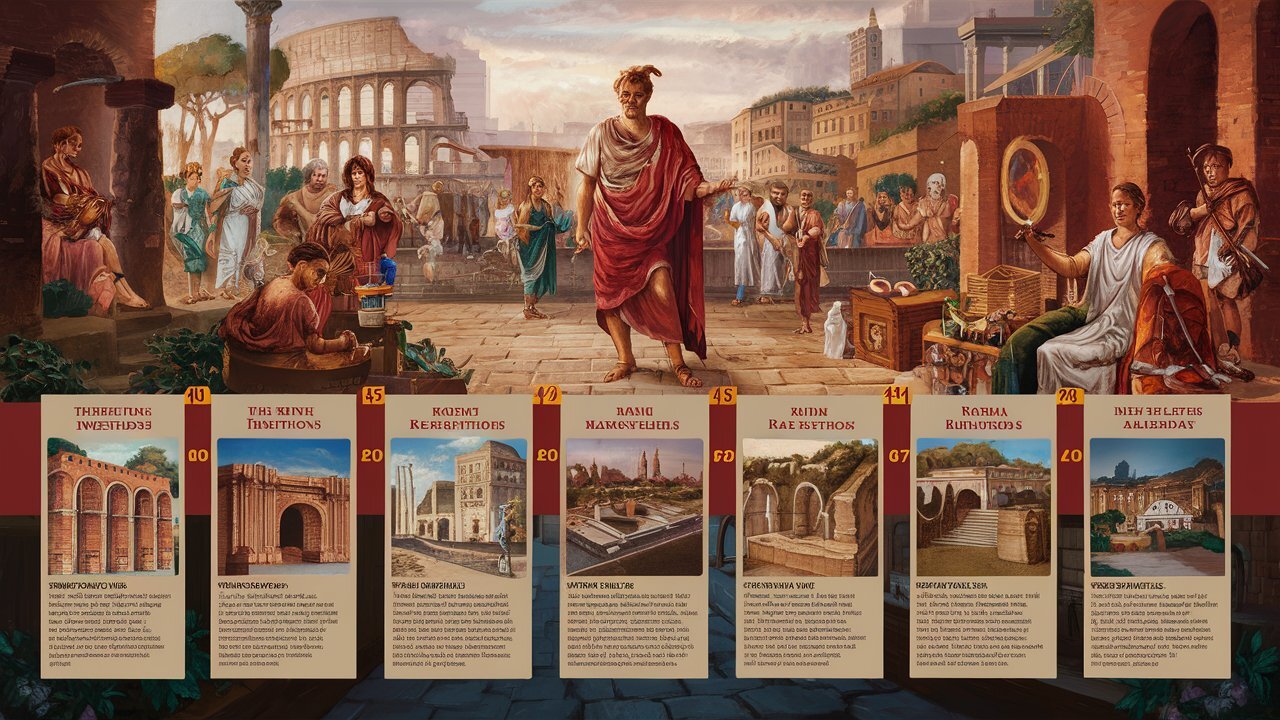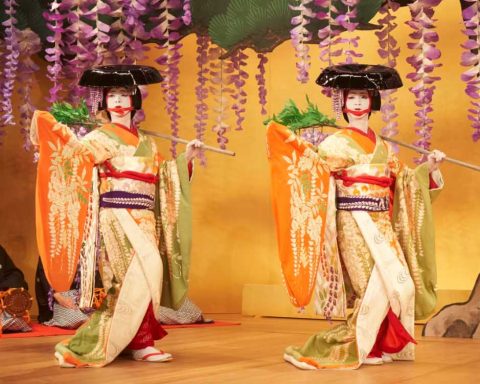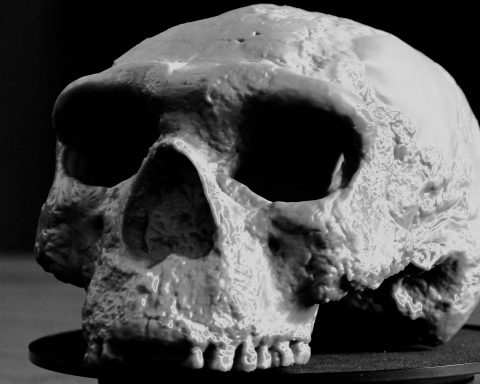Concrete
Concrete is one of the most common building materials today. The Romans perfected the mixture using volcanic ash, making their concrete incredibly durable. Thanks to this ancient innovation, structures like the Pantheon and the Colosseum still stand.
Roads
Roman roads were meticulously designed and laid the foundation for modern highways. These roads connected the vast empire, facilitating trade and military movements. Some of these routes are still in use today.
Medical instruments
Roman medics developed various surgical instruments, many of which are still used today. Archaeological finds in Pompeii have identified well-preserved tools such as scalpels and forceps.
Architectural arches
The Romans popularized the use of arches in construction, allowing them to build larger and more durable structures. This technique is still prevalent in modern architecture, especially in bridges and aqueducts.
Early newspapers
Acta Diurna, or “Daily Acts,” were the first form of public news, displayed in forums or sent to members of the elite society. This practice laid the groundwork for modern media.
Apartments
To accommodate the growing population, the Romans built multi-story residential buildings known as insulae. These early apartment complexes influenced urban living design.
Central heating
The hypocaust system, used in Roman baths and wealthy homes, is one of the early forms of central heating. Hot air from a furnace circulated under the floor and through the walls, heating the space above.
Postal system
The Roman postal service, Cursus Publicus, was a sophisticated courier system. Messages and goods were transmitted across the empire by horse-riding couriers.
Fast food
Thermopolia were ancient Roman snack bars where hot food was served “on the go.” These establishments can be seen as predecessors to modern fast-food outlets.
Bound books
The Romans transitioned from scrolls to codices—early bound books with pages. This format eventually became the standard for recording and disseminating written works.
Without these Roman innovations, our daily lives would look very different.








